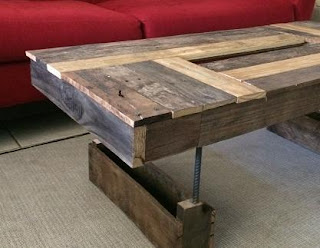The U.S. Recycling industry has grown to be larger than many people would ever think. It’s evolved into a complex engine that collects and supplies 130,000 million metric tons of scrap waste that will eventually be used as raw materials in new products. According to the ISRI (Institute of Scrap Recycling Industries China and India . The recycling industry is growing and its total revenue has more than doubled over the last 10 years. This is great news because recycling reduces our greenhouse gas emissions by dramatically reducing the amount of energy needed to manufacture new products. It also conserves our natural resources by reducing mining and deforestation and it significantly impacts our landfills. All in all, I think it’s pretty safe to say that recycling is one of the most beneficial things that we currently do for our planet.
Paper, plastic, rubber, aluminum, iron, copper, steel, all these recycled materials are likely destined to be used as a raw material in the creation of a new product. How likely? Well, we’re better at recycling certain materials over others and it’s probably ultimately dependent on the material’s value and ability to be repurposed. We’re probably the best at recycling metals, according to the ISRI we capture almost 70% of steel waste though recycling. Aluminum isn’t too far behind with a 67% recycled rate and almost 64% of the paper we consume is recovered. Plastic doesn’t fare as well but recovery percentages have improved dramatically over the last few years. Based on the ISRI statistics we’re able to capture approximately two thirds of our recyclable materials. Not bad, but how can we do more?
I’m not an economist or a recycling industry expert but I have a simple response to the above question, we can create more eco-friendly building materials using recycled content. Many people are unaware that over the last few decades a number of U.S. manufacturers have developed eco-friendly building materials made from recycled content. These pioneers have created stylish and fully functional building materials like wallboard (drywall) made from recycled paper milk cartons and even beautiful countertops made from recycled paper. Companies are also using recycled plastic and rubber to make several building materials including: flooring, decking, siding, shingles, wall coverings and more. The eco-friendly building materials industry is still developing and new products are continuously entering the market. We live in a time when there is tremendous opportunity for entrepreneurs and inventors to create new building materials that are manufactured using a majority recycled content. I believe the recycling industry will be pivotal in our world’s effort to reduce green house gas pollution and combat climate change. I hope the eco-friendly building materials industry can serve as a strong partner, thanks for reading!










